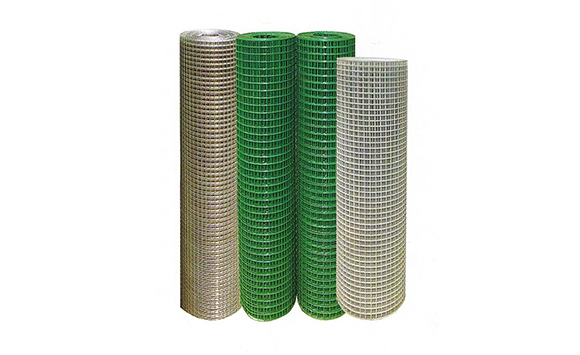
- Mobile Phone
- +8613931874955
- sales@cntcmetal.com
types of floral wire
Understanding the Types of Floral Wire
When it comes to floral design, one crucial component that often goes overlooked is floral wire. This versatile tool provides the support and structure necessary to create beautiful arrangements, but not all floral wire is created equal. In this article, we will explore the different types of floral wire, their specific uses, and how to choose the right wire for your floral projects.
What is Floral Wire?
Floral wire is a specialized wire used in floral arrangements to help hold flowers in place, create structures, and add decorative elements. It is usually made of metal and comes in various gauges (thicknesses) and colors, catering to different floral needs. The gauge of the wire affects its rigidity and flexibility; lower numbers represent thicker wire, while higher numbers indicate thinner wire.
Types of Floral Wire
1. Galvanized Floral Wire This type of floral wire is coated with a layer of zinc to prevent rusting and corrosion. It is robust and ideal for heavy flowers and thick stems. Galvanized floral wire is commonly used in arrangements that require extra support, such as large bouquets or outdoor displays.
2. Green Floral Wire Often coated in green to blend seamlessly with stems and foliage, green floral wire is a popular choice among floral designers. This wire is available in various gauges and is suitable for everyday arrangements. It is flexible enough to manipulate while providing sufficient support for most floral materials.
3. Paddle Wire Packaged on a paddle or spool, paddle wire is typically thinner and softer than other types of wire. It is perfect for intricate floral work, such as wiring delicate flowers or crafting small arrangements. This type of wire allows for easy manipulation and is often used by floral designers for specific tasks.
4. Floral Stem Wire Also referred to as 'flower wire,' this type is specifically designed to reinforce flower stems. It's commonly used to make the stems of soft or delicate blooms more rigid, allowing for better positioning in arrangements. Floral stem wire can also be used to attach flowers to stems or to join multiple blooms together.
types of floral wire

5. Craft Wire While not specifically floral wire, craft wire can be used for floral applications in many cases. This wire comes in multiple colors and is generally more decorative. It's often used in arrangements where the wire may be visible and desired for aesthetic purposes.
6. Thin Floral Wire (Gauges 28 to 30) This very thin wire is excellent for delicate tasks, such as wiring small flowers or creating fine decorative details. It is often used to attach accents like beads or embellishments to floral arrangements.
7. Thick Floral Wire (Gauges 16 to 20) The thicker wires are best suited for heavy flowers and structural arrangements. These wires can also anchor heavier components, making them ideal for larger displays.
How to Choose the Right Floral Wire
Selecting the proper floral wire for your project depends on several factors, including the type of flowers used, the size of the arrangement, and the specific techniques you plan to employ. Here are some tips to guide your choice
- Consider the Weight of Flowers For heavier blooms or large arrangements, opt for thicker wire (lower gauge) for added stability. For lighter flowers, a thinner wire (higher gauge) should suffice. - Evaluate Flexibility If you need to create intricate shapes or wire delicate items, go for thinner, more pliable wire such as paddle wire or floral stem wire. - Color Matters If wire will be visible in your arrangement, consider using colored wire that blends well with your flowers and foliage to maintain a cohesive look.
- Think About the Environment If your arrangement will be outdoors, choose galvanized wire to prevent rust from affecting your design.
Conclusion
Floral wire is an essential tool for any floral designer, whether you are a novice or a seasoned professional. By understanding the various types of floral wire available and their specific applications, you can greatly enhance your floral arrangements. The right choice of wire not only provides the necessary support but also contributes to the overall aesthetic of your designs. Happy arranging!
share:
-
Understanding Wall Ties: Types and ImportanceNewsApr.28,2025
-
Top Products for Your Yard and Signage NeedsNewsApr.28,2025
-
The World of SpringsNewsApr.28,2025
-
Masonry Accessories: Essential for Building Strong FoundationsNewsApr.28,2025
-
Fencing Solutions for Every NeedNewsApr.28,2025
-
A Comprehensive Guide to Iron Wire for Your Construction NeedsNewsApr.28,2025
-
The Versatility of Wire Tension SpringsNewsApr.16,2025



















